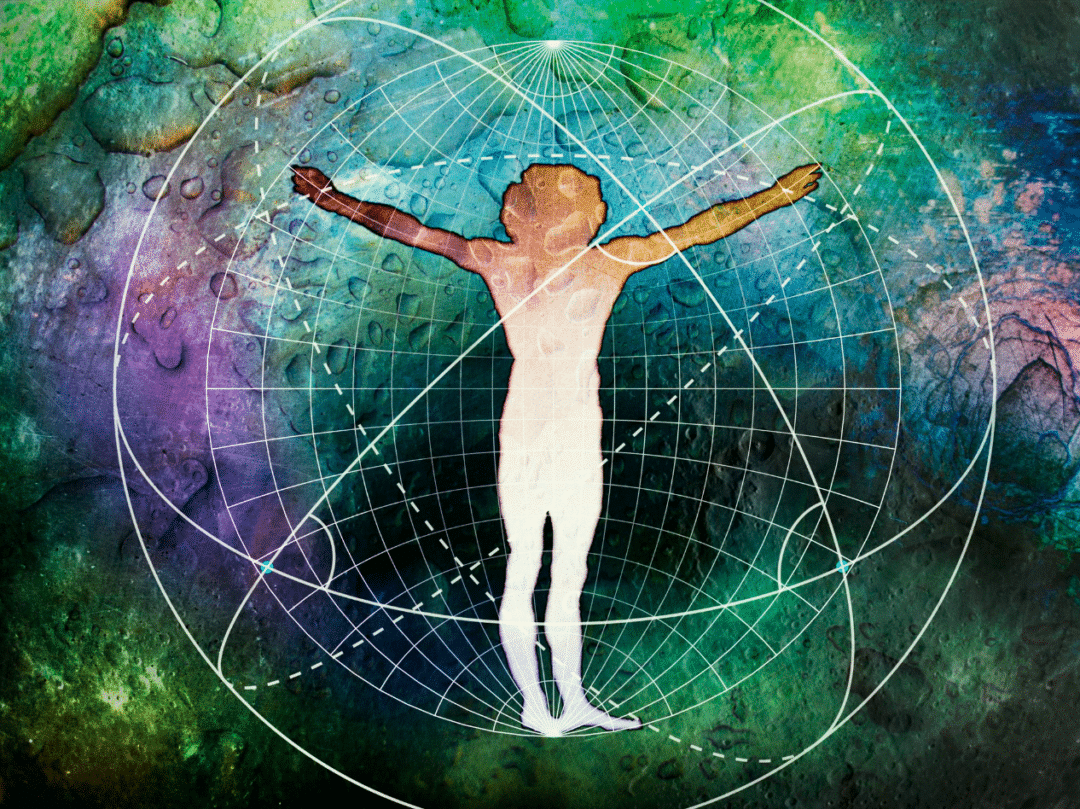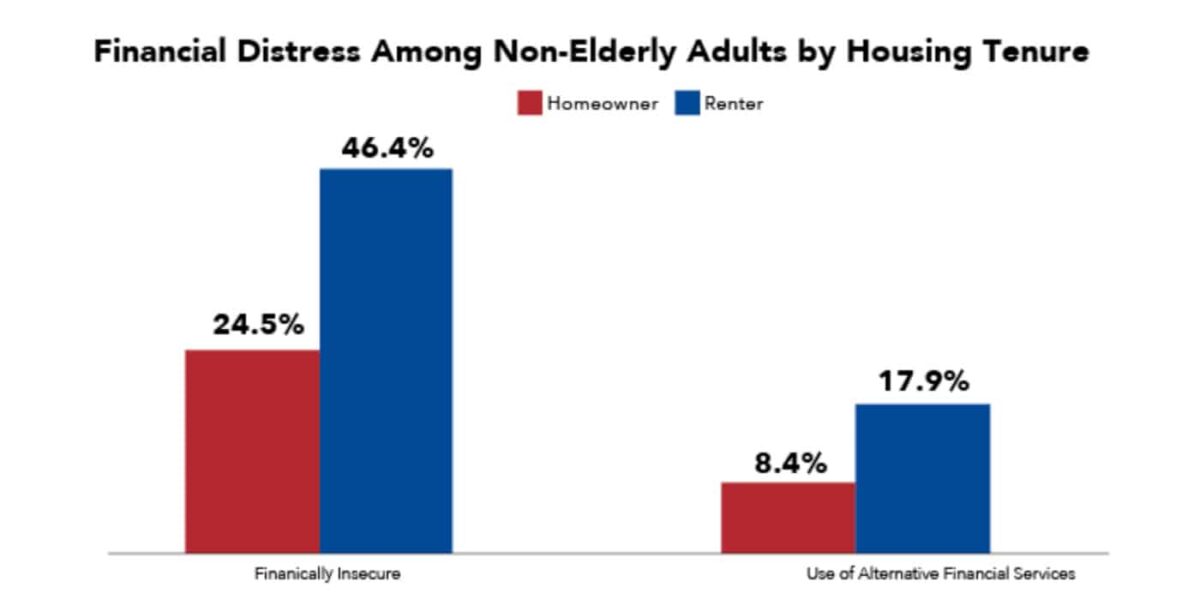

Seeing the whole truth with a three-dimensional outlook
by Paul Cudenec | Dec 26, 2023
I am frequently disappointed to see people clinging rigidly to binary positions, imagining that opposing one particular nasty militarist empire, corrupt political party or manipulative dogma automatically involves throwing one’s lot in with the rival that has been presented as its polar opposite.
And yet, at the same time, I have often declared myself to be firmly on one side of a pair of polar opposites, such as being for truth against lies, for right against wrong and for life against death.
Does this therefore mean that my viewpoint is contradictory?
The first thing to bear in mind is that there is always a third element implied by the existence of any two things or concepts, namely the relationship between them.
This relationship describes not just the differences between the one and the other, but also the context in which they co-exist.
If you make two dots on a piece of paper, for example, and then draw a line between them, the line shows the distance separating the dots, but it also connects them.

If I say that the table is to the left of the sink, I am not only indicating the different spaces they occupy, but also describing the context in which they can be seen together.
Sometimes we describe the relationship-of-difference in terms of physical attributes rather than spatial positioning. The green umbrella is bigger than than the black one, we might say, identifying two physical differences, while at the same time reinforcing the essential similarity of these two objects in both being umbrellas.
But there are other instances where the distinction that we make relates to quality, rather than to mere size, colour or shape.
We might describe one person as being more honest than another, one sculpture as being more beautiful than another, one argument as being more just than another.
In order to make such judgements, we draw on our understanding of certain essential values.
These values tend to be defined in binary terms – honest versus dishonest, beautiful versus ugly, just versus unjust.
As with other binary pairings, there is a thematic link underlying the contrasting qualitative opposition.
Black and white are opposites, but also united by their belonging to a monochromatic reality, as corresponding basically to the absence or presence of light.
Beautiful and ugly both refer to aesthetic appearance often considered to reflect intrinsic quality.
Because we are dealing here with values, tools for judgement, these oppositions are obviously necessary.
We have to be able to hold in our minds the two ends of the qualitative scale, know that they exist, so as to be able to judge the position, on that scale, of the thing we are assessing.
These important essential concepts, the two points at either end of the qualitative scale, amount to the third element that I mentioned as always being implied by the existence of two things or concepts.
They mark out the relationship between the two, the context in which their qualitative value can be ascertained.
But this qualitative dimension has been heavily undermined in contemporary thinking.
On the physical level these absolute terms are indeed often not literally applicable, because they belong to the higher and abstract level of essence.
And since our degraded modern thinking does not recognise the validity of essence (regarding any such recognition as the thoughtcrime of “essentialism”), it therefore denies that these qualitative notions are real in any sense.
It insists that because human behaviour is a complicated matter, we cannot use the tools of “good” or “evil” to assess it; that beauty and ugliness are purely subjective labels with no fundamental meaning; that truth is always relative; that because there is such a thing as grey, there can be so such thing as black or white.
When this necessary binary tool for qualitative distinction is cancelled by our culture, people’s ability to think is disabled.
Denied the qualitative dimension, their outlook is reduced to the point where they can only see fundamental opposites on the lower level of physical form.
To refer back to the start of this essay, this is how they come to favour one particular nasty militarist empire, corrupt political party or manipulative dogma over another.

They are blinded to the awareness that the issue lies not with the superficial differences between the empires, parties or dogmas in question, but with the qualitative similarity that they are all nasty, corrupt or manipulative.
This is also how people might come to the erroneous conclusion that it is contradictory to oppose binary thinking on the horizontal scale of physical form and, at the same time, to use binary terms as a means of describing the vertical scale of quality.
Their confusion stems from the fact they they cannot even see the existence of the qualitative dimension, because their thinking has become flattened to fit a one-dimensional world in which that dimension is deemed not to exist.
We therefore have to rediscover a three-dimensional outlook which enables us to see behind the facade of modern life, behind the Spectacle that has been constructed to deceive, divide and disempower us.
We have to incorporate into our thinking – our political as well as metaphysical thinking – the understanding that truth, meaning, beauty, goodness, nature and essence are all real.
Along with this, we need to understand why it is that that such concepts have been declared illegitimate by a contemporary pseudo-philosophy which has evolved within a system built on lies, emptiness, ugliness, evil, artifice and superficiality.
Once armed with this holistic perspective, we will quickly see where this modern world is situated on the scale of quality and can begin to take steps to put things right.






